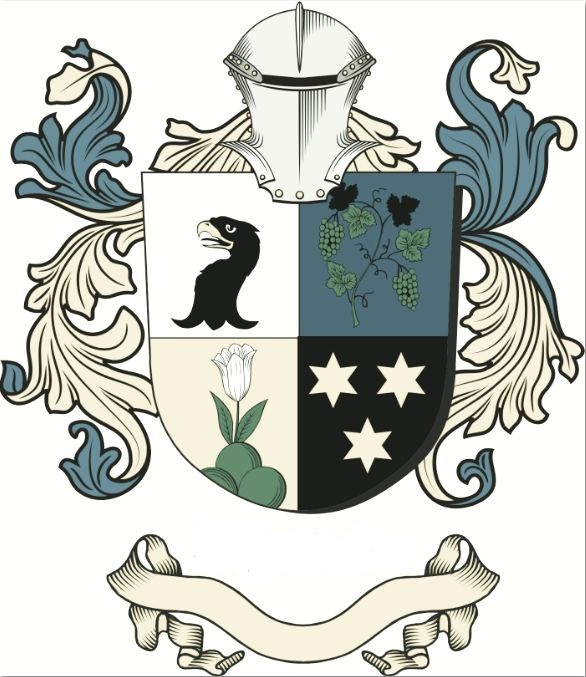Rosicrucian Society ™
Upon the Eastern edge of the Desert of Sahara there stands the world-famous Sphinx with its inscrutable face turned toward the East, ever greeting the sun as its rising rays herald the newborn day. It was said in the Greek myth that it was the wont of this monster to ask a riddle of each traveler. She devoured those who could not answer, but when Oedipus solved the riddle she destroyed herself. The riddle which she asked of men was the riddle of life and death, a query which is as relevant today as ever, and which each one must answer or be devoured in the jaws[pg 029]of death. But when once a person has found the solution to the problem, it will appear that in reality there is no death, that what appears so, is but a change from one state of existence to another. Thus, for the man who finds the true solution to the riddle of life, the sphinx of death has ceased to exist, and he can lift his voice in the triumphant cry “Oh death where is thy sting, oh grave where is thy victory.” Various theories of life have been advocated to solve this problem of life. We may divide them into two classes, namely the monistic theory, which holds that all the facts of life can be explained by reference to this visible world wherein we live, and the dualistic theory, which refers part of the phenomenon of life to another world which is now invisible to us. Raphael in his famous painting “the School of Athens” has most aptly pictured to us the attitude of these two schools of thought. We see upon that marvelous painting a Greek Court such as those wherein philosophers were once wont to congregate. Upon the various steps which lead into the building a large number of men are engaged in deep conversation, but in the[pg 030]center at the top of the steps stand two figures, supposedly of Plato and Aristotle, one pointing upwards, the other towards the earth, each looking the other in the face, mutely, but with deeply concentrated will. Each seeking to convince the other that his attitude is right for each bears the conviction in his heart. One holds that he is of the earth earthy, that he has come from the dust and that thereto he will return, the other firmly advocates the position that there is a higher something which has always existed and will continue regardless of whether the body wherein it now dwells holds together or not.
|

© Copyright Societas Rosicruciana.com , 2008-2020 All Rights
Reserved
Home Join Manifesto History Degrees Society Contact High Degrees Rose Croix Degrees Rosicrucian References Resources Masonic Rosicrucian Degrees History Hermetic Beliefs The Magus Temple of Rosy Cross Prosperity Contact Society Confessio Fama Text Societas Rosicruciana Rosicrucian Thought Force Character Audio Books